For the best experience, please view this page on tablet or desktop.
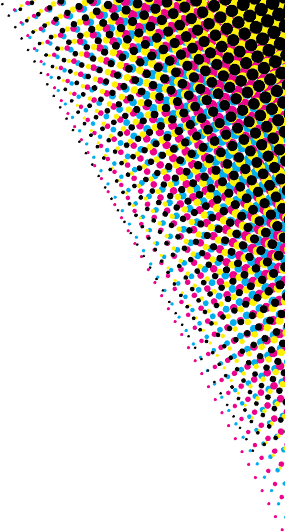
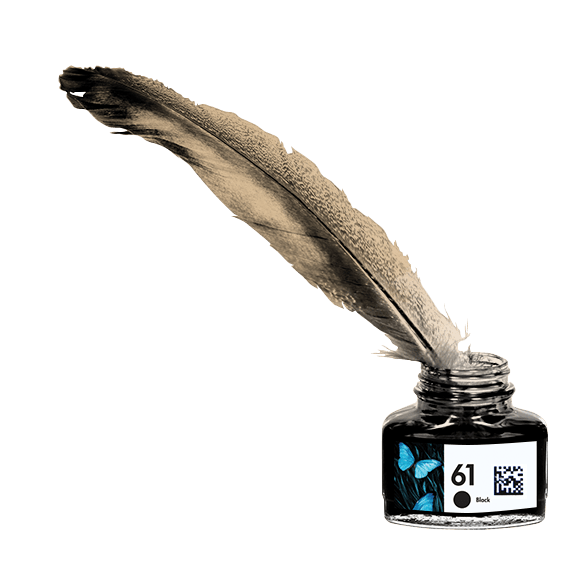


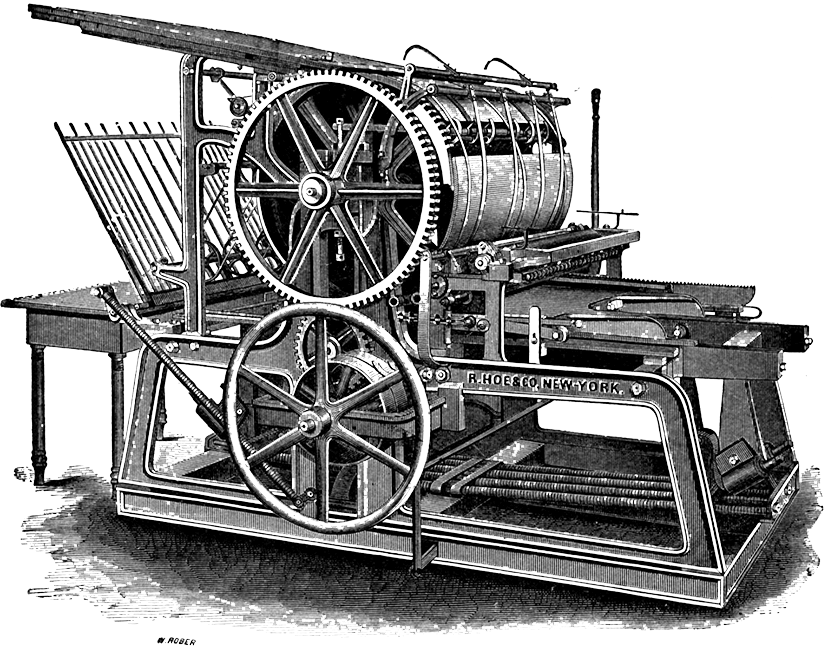

Of all the innovations of man, it is hard to identify any one invention that has had more of a profound impact on our personal and professional lives. The origins and evolution of printing date back millennia, and yet we continue to innovate printing technology to this day.
Join us as we explore a visual history from Quill to Cartridge.
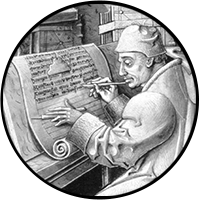
The Diamond Sutra
Recognized as the world’s first printed book, the Diamond Sutra Scroll was printed in China during the T’ang Dynasty (868 AD).

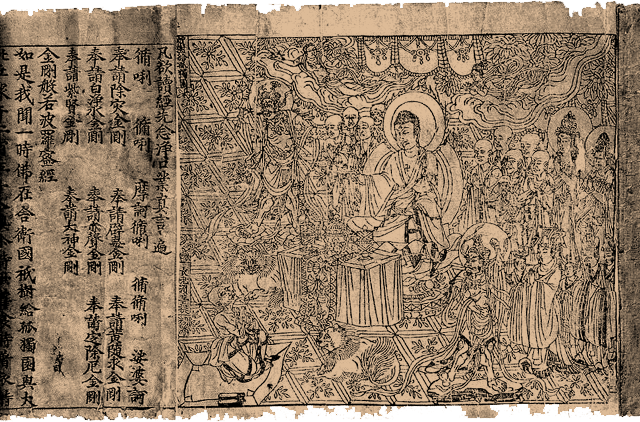
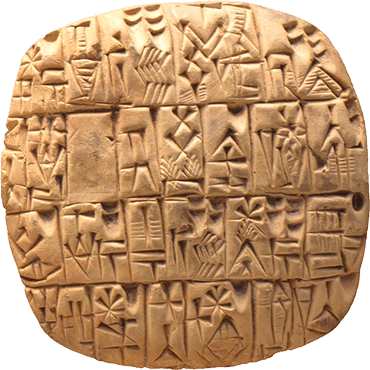
iClay - The World's First Tablet
The Sumerians are largely considered the first civilization to invent writing for the purpose of language. Clay tablets with Sumerian writing date back to 3200 BCE.
The paper that we’re familiar with today spread from China via the Silk Road in 206 BCE.

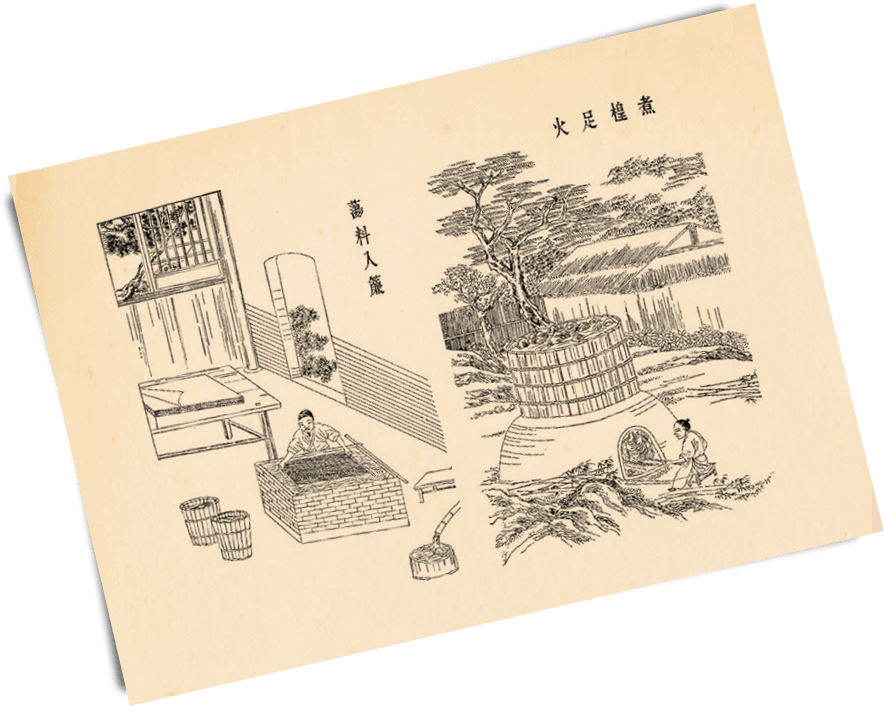
A History of Ink
The history of ink is not exact, but can be traced back to approximately 2,500 BCE. Both the Egyptians and Chinese used inks made from fine particles, gums and/or glues.

Dot Matrix Method
Before 1984, the prevailing method of printing utilized a technology called the dot matrix method. This method wasn’t very convenient or dependable.
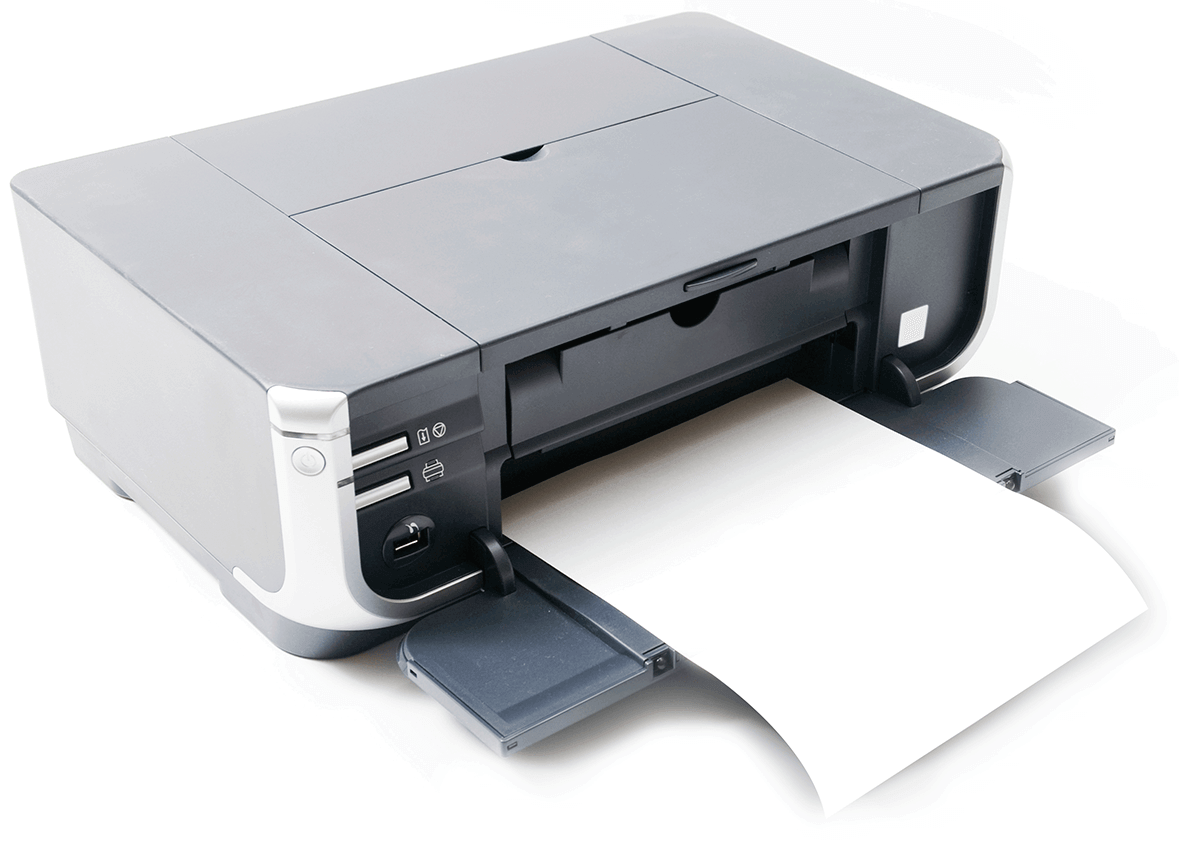


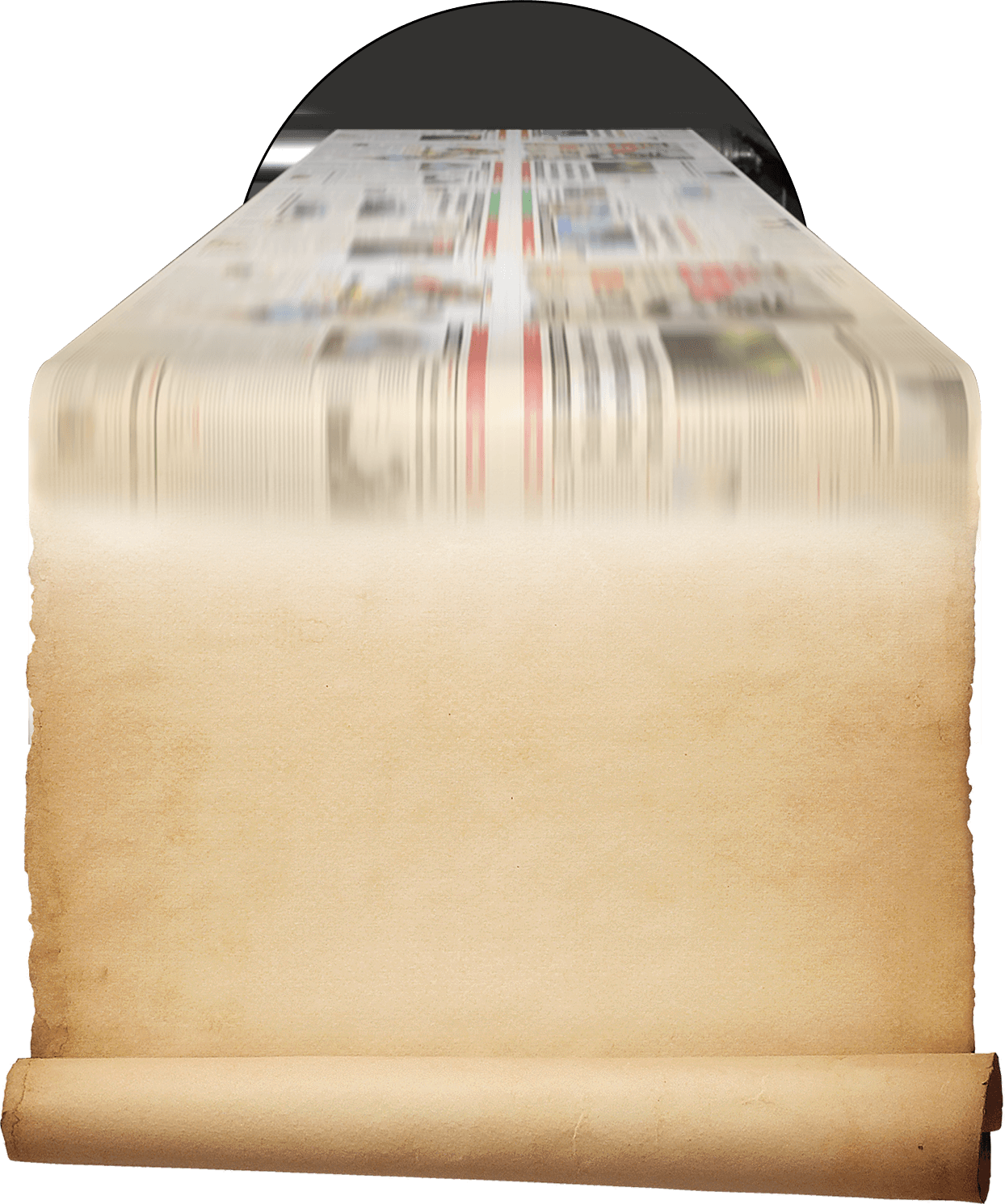
High Speed Single-pass Printing
The need for speed drove the development of new printing technologies. Today, high speed single-pass printing dominates the fields of industrial printing where high productivity is required.
Comparing Printing Speed
The original printing press was a game changer. For the first time, books could be mass produced, allowing knowledge and education to spread among a freshly literate populace. But imagine if the original printing press had the speed of modern digital inkjet printing. Let’s compare by exploring the time required to print some of history’s most iconic literary works.
Digital Inkjet
60,000 Pages
Per Hour
Printing Press
25 Pages
Per Hour
ANCIENT ERA
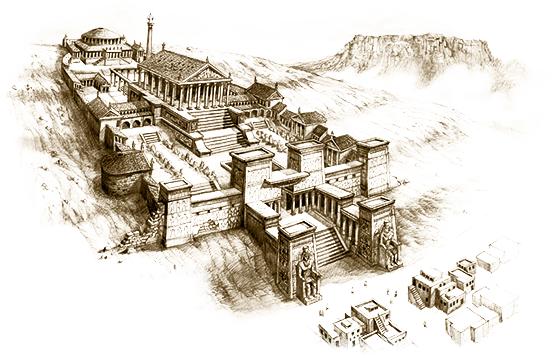
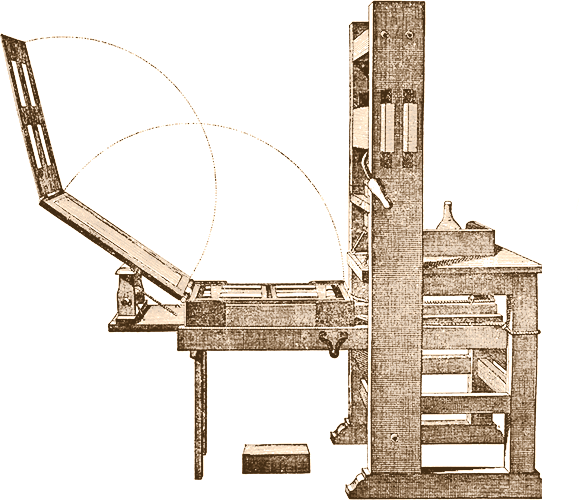
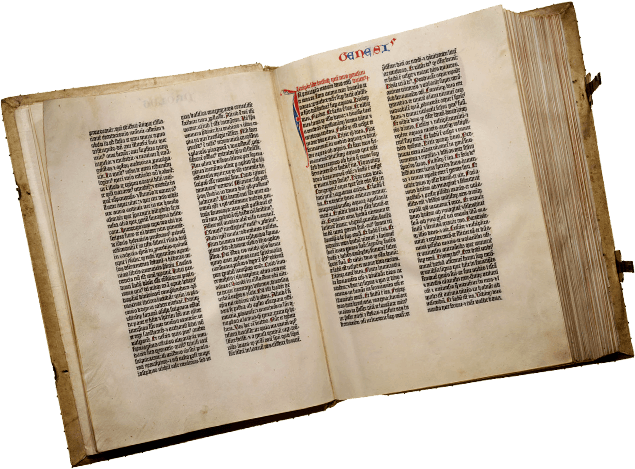


One of the largest and most significant libraries of the ancient world.
NUMBER OF SCROLLS: 400,000
EST. LENGTH PER SCROLL: 15 feet
Using digital inkjet technology, the entire collection of scrolls from the Library of Alexandria could be printed in 100 hours from one printer.
100
Hours
27
Years

The first book to be produced in mass quantities.
LENGTH: 1,286 pages
NUMBER PRODUCED: 180 copies
Using digital inkjet technology, all 180 copies of the Gutenburg Bible could be printed in 3.86 hours by a single printer.
3.86
Hours
385
Days
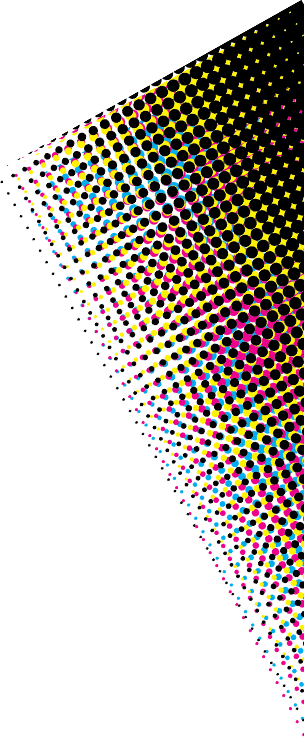
RECENT ERA
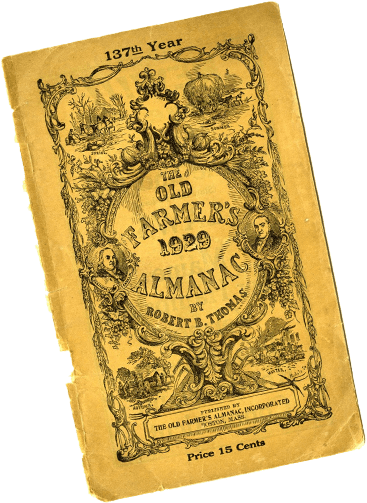

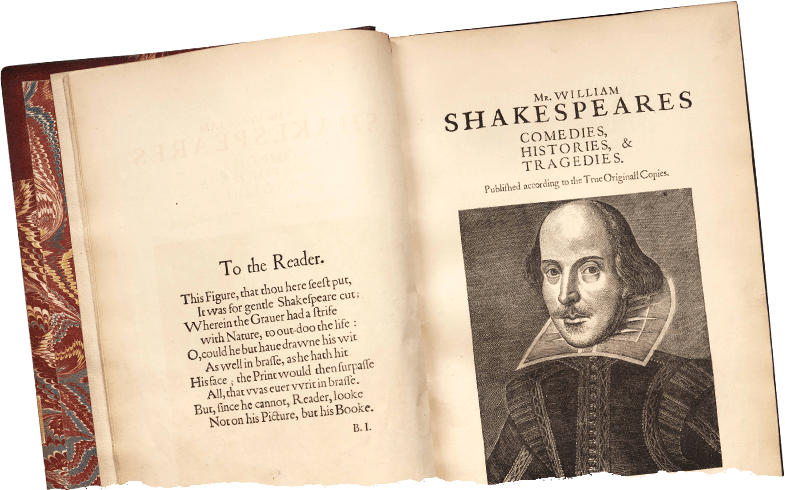

The oldest continuously published periodical in North America.
LENGTH: 48 Pages
NUMBER PRODUCED: 9,000 copies
Using digital inkjet technology, all 9,000 copies of the 1793 edition could be printed in just 7.2 hours by a single printer.
7.2
Hours
720
Days

The largest metropolitan newspaper in the United States.
CIRCULATION: 1,356,800
Using digital inkjet technology, the front page of the Sunday issue of the New York Times could be printed in just 23 hours by a single printer.
23
Hours
6.2
Years
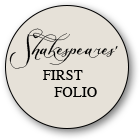
A published collection of 36 of Shakespeare’s plays.
LENGTH: 866 pages
CIRCULATION: 750 copies
Using digital inkjet technology, all copies of Shakespeare’s First Folio could be printed in just 10.8 hours by a single printer.
10.8
Hours
2.9
Years
MODERN ERA
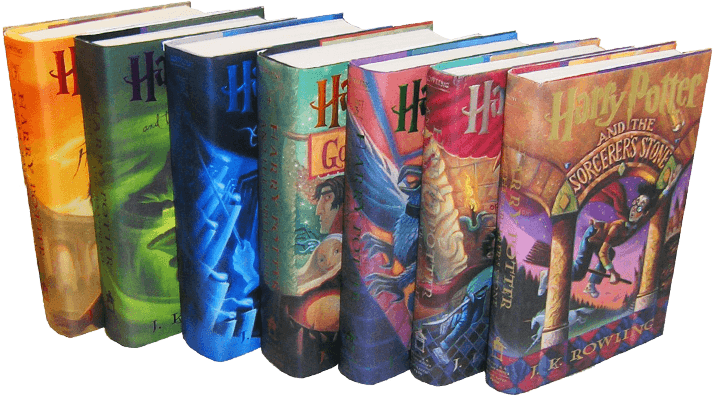
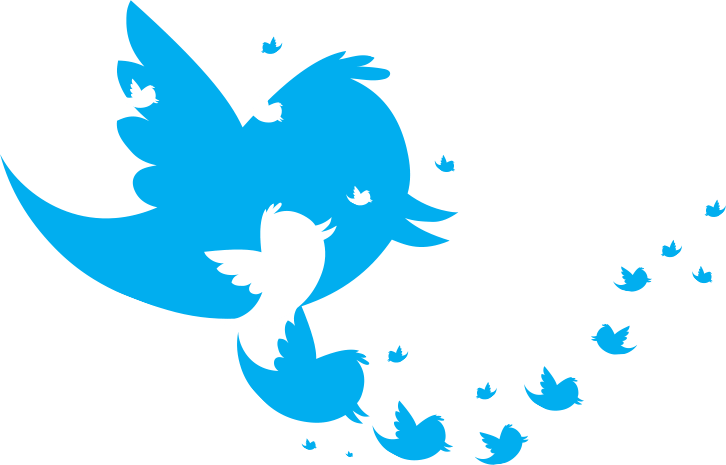

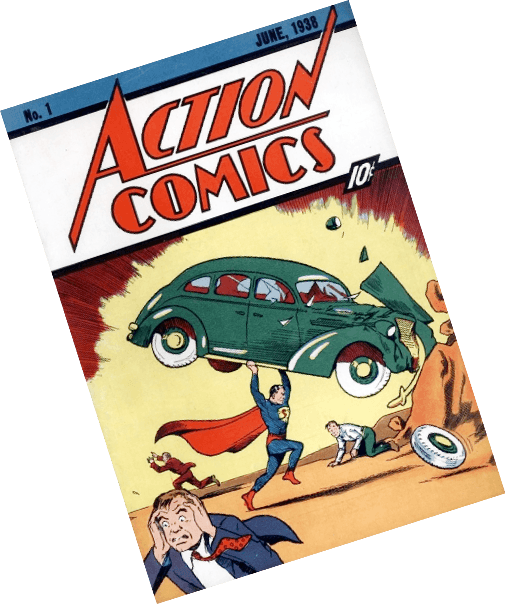
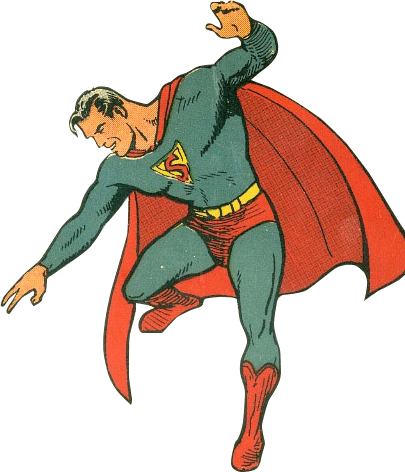

The bestselling book series of all time.
AVG. LENGTH: 603 pages
NUMBER SOLD: 500,000,000 copies
Using digital inkjet technology, all 500,000,000 copies of the Harry Potter books could be printed in 573 years by a single printer.
573
Years
1.3M
Years

The Social Media giant Twitter averages just over 500,000,000 tweets a day.
LENGTH: 140 characters
AVG. NUM OF CHARACTERS PER PAGE: 3,838 characters
Using digital inkjet technology, one day’s worth of tweets could be printed in 12.7 days by a single printer.
12.7
Days
83
Years

The comic that featured the debut of Superman.
LENGTH: 68 Pages
COPIES SOLD: 200,000 copies
Using digital inkjet technology, all copies of Action Comics #1 could be printed in 9.4 hours by a single printer.
9.4
Hours
3.5
Years
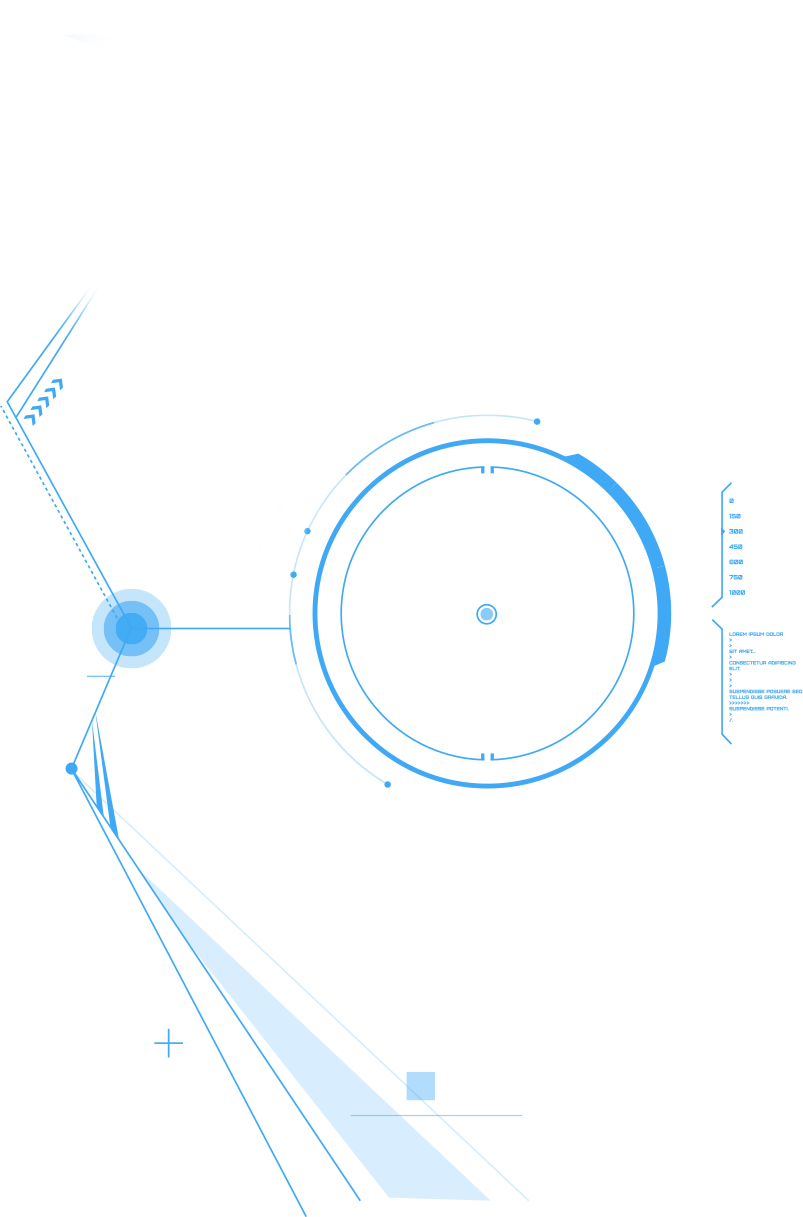
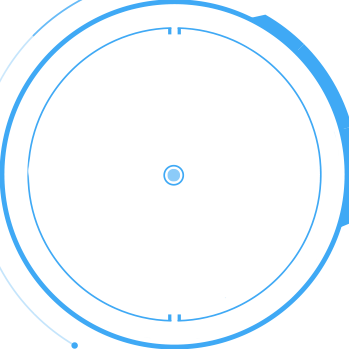

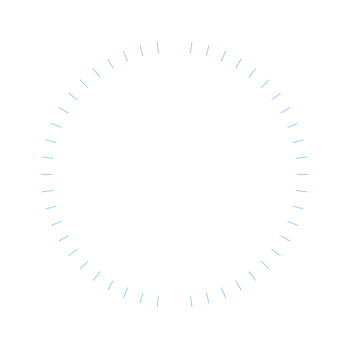

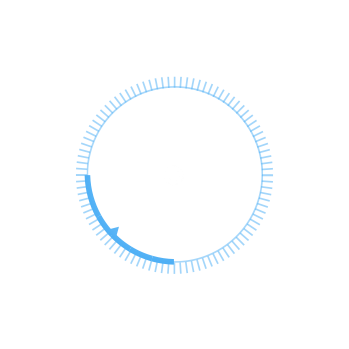
Future possibilities of printing
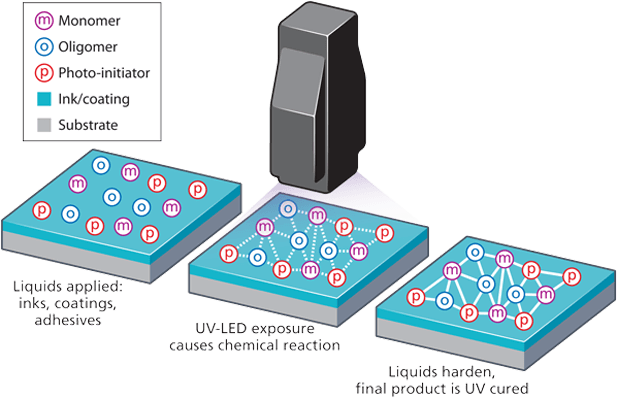
We've already begun to see where printing is heading. The future of print isn't going to be just data driven; it's already expanding into materials. 3D Printers are capable of recreating everything from circuit boards, to automobiles, to body parts.
Additionally, new inkjet printing technology has allowed for electron-beam cured inks and uv-cured inks to reach a broad market. These inks have an almost instantaneous cure time and use significantly less energy than traditional printing methods that require heat to dry fresh ink.
The high speed digital single-pass printers of today can already print 1,000 feet per minute and more. Remember how your parents used to tell you stories about how time-consuming the typewriter was? Just imagine what speeds of printing our children will see.
